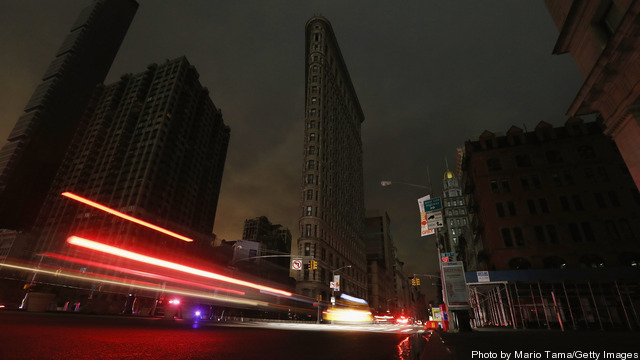
The promise of smart grid has long been a closer and two-directional link between energy customers and providers. It has been the promise of an end to the decades of opaque or confusing bills arriving in the mail, an end to the lights and heat coming on or not in a kind of perceived magic only dimly related to real world assets like power plants, energy market regulations or natural gas wells.
The first generation of smart meters, now nearing a decade in age, seemed predicated on the idea that the next step in the evolution of the power consumer was a fascination about energy supply and consumption. Customers would become as obsessed with saving money and tracking usage as their suppliers were, or as they’d been proved to be in other market situations like grocery shopping. That didn’t transpire to be the case, and the high-touch, human-led information processing of the first generation of smart grid failed to have the desired impacts on usage or market transparency. Keep reading →









